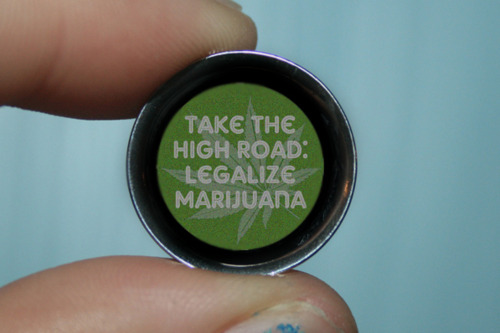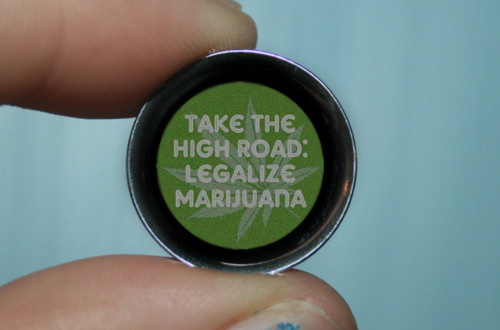It’s now official: California won’t see legalization until at least 2016.
The last of four attempts to put legal weed on the ballot this November fell short in April, putting the final nail in the coffin for major reform in 2014.
The California Cannabis Hemp Initiative, also known as the Jack Herer initiative, had until April 18 to gather enough signatures to put its proposal on the ballot. The group needed more than 500,000 voter signatures but didn’t come close.
“We’re not going to make 2014,” said Berton Duzy, a backer of the Herer initiative.
The CCHI never stood much of a chance. It was probably the longest shot of the four proposals circulated in anticipation of this year’s election. The initiative would have allowed adults over 21 to possess up to 12 pounds of weed and grow up to 99 plants per year.
It began as the brainchild of the late Jack Herer, an advocate and semi-famous figure in the marijuana world. It reappears in time for every election, and the details rarely change, yet it has never made the ballot, and there’s little hope it ever will.
But there were other, more realistic campaigns that also fell short this year. Backers of the Marijuana Control, Legalization & Revenue Act gave up earlier in April, saying they couldn’t meet the deadline either.
“We’re officially throwing in the towel,” said Dave Hodges, the main backer of the MCLRA.
That announcement came just days after the group said it had secured $10 million in funding from a wealthy California donor. Experts estimate it costs at least $2 million to gather enough signatures for a ballot drive. Apparently the money didn’t materialize or came too late.
Hodges’ initiative would have allowed residents to grow 12 plants. Limits on possession, along with most other regulations, would have been determined by a board composed mostly of people friendly to the marijuana industry.
Another bid, by the Drug Policy Alliance, a national organization, was considered an even better bet. It would have allowed cultivation of four plants and possession of up to an ounce. It was widely believed this group had access to the deepest pockets, but the funding never appeared.
A final proposal, filed by longtime activist Ed Rosenthal, didn’t get off the ground.
The key problem for the supporters of all these initiatives was cash.  The big names in marijuana fundraising simply weren’t ready to go all the way in a state where the local advocates can’t get along and medical weed still looks like the Wild West.
The big names in marijuana fundraising simply weren’t ready to go all the way in a state where the local advocates can’t get along and medical weed still looks like the Wild West.
Things could be very different in 2016. With a presidential election on the line, more young voters will turn out – and they’re the ones most likely to support legalization. And by then, there may be some semblance of unity among California’s weed community.
Plans are already in the works. Backers of the Jack Herer proposal continued to gather signatures in advance of that year’s election, even after this year’s deadline had passed. And several major groups have been working together to pave the way for a more careful approach two years from now.
 California Marijuana Market Breaking "Marijuana News" from CA
California Marijuana Market Breaking "Marijuana News" from CA





